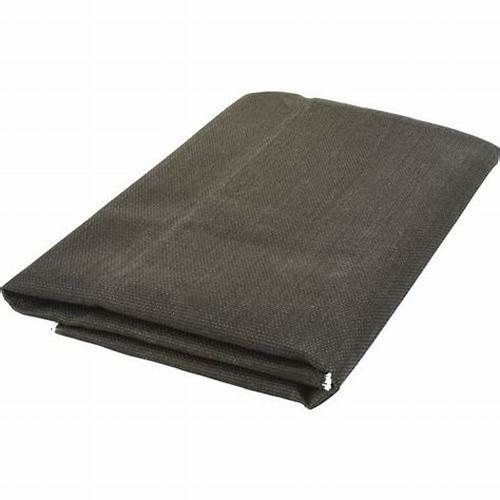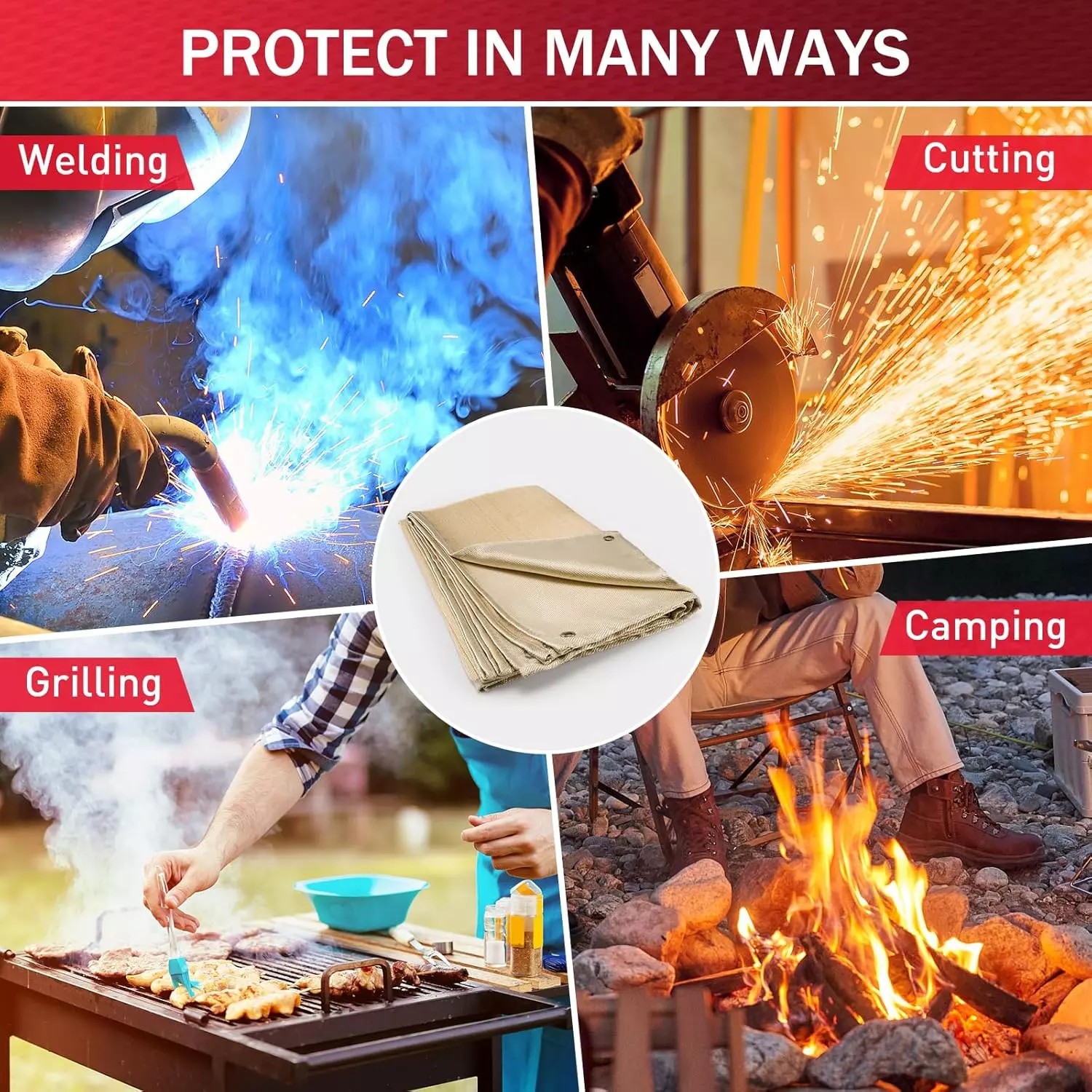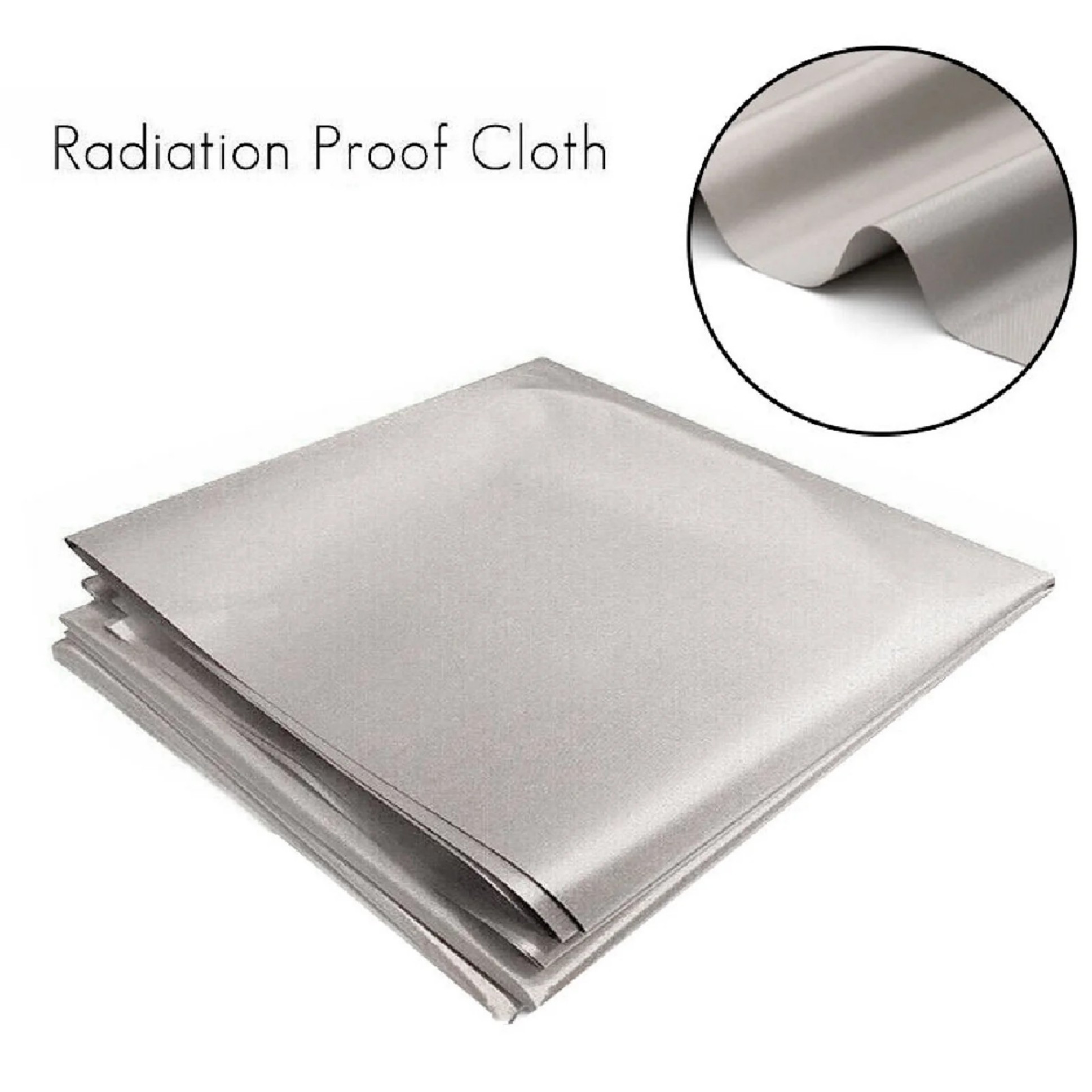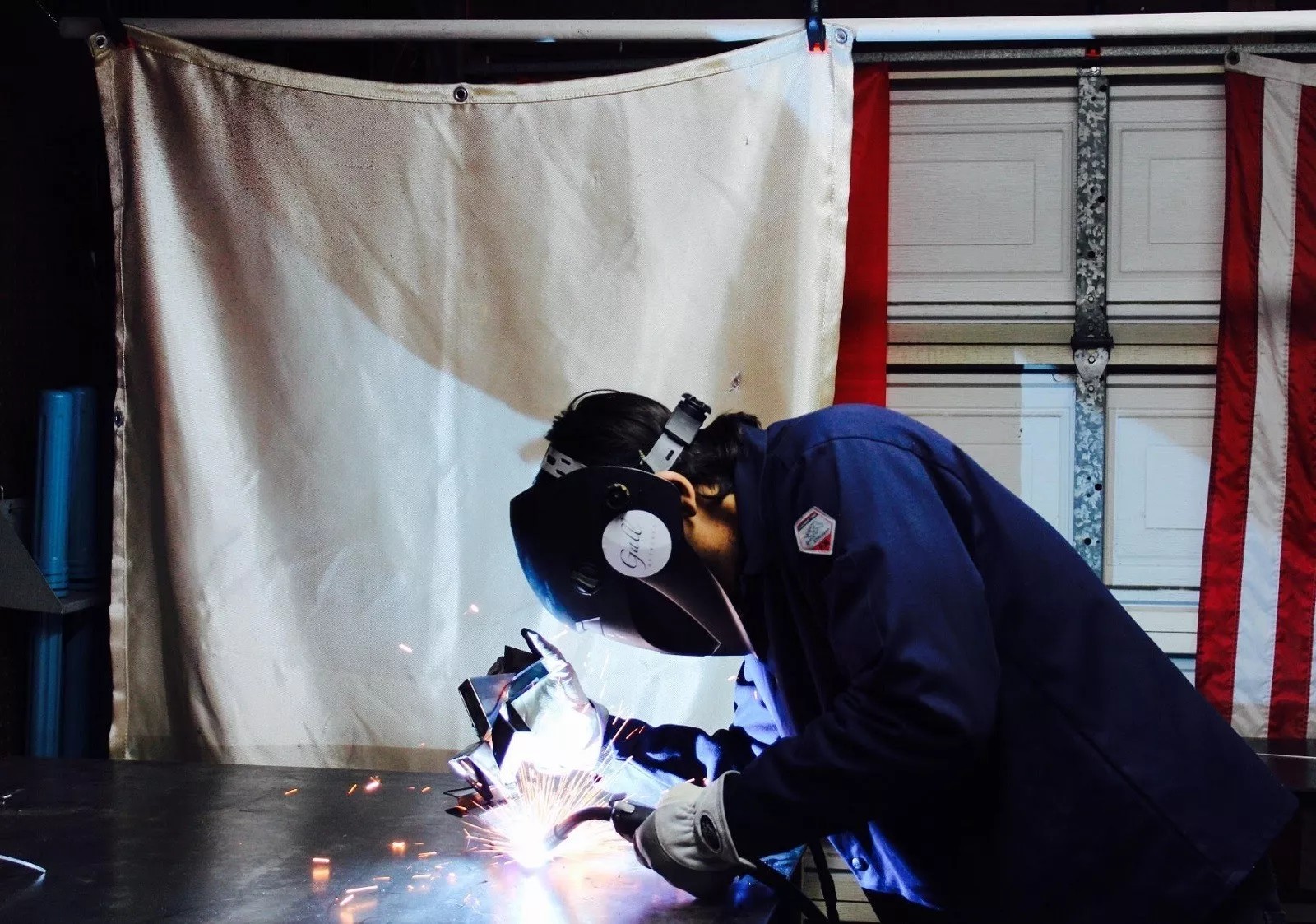Fibreglass Welding Blanket Welding: Safety Tips & Best Practices
This guide explains how fibreglass welding blankets enhance welding safety by protecting against sparks and heat. You'll learn proper usage, benefits, and maintenance tips for optimal protection during welding operations.
What Is a Fibreglass Welding Blanket?
When you're welding, safety should always come first. A fibreglass welding blanket is your essential protective barrier against sparks, slag, and radiant heat. These flexible, heat-resistant blankets are woven from high-temperature fibreglass yarns, typically rated to withstand temperatures up to 1000°F (538°C) continuously and higher for short exposures.
Unlike ordinary fabrics, fibreglass welding blankets won't catch fire or melt when exposed to welding sparks. They create a safe zone around your work area, protecting nearby flammable materials and surfaces. Many professionals prefer them over metal shields because they're lightweight yet durable.

Key Benefits of Using Fibreglass Welding Blankets
1. Spark Containment: When you're MIG or stick welding, sparks can travel several feet. Your fibreglass blanket traps these sparks before they reach combustible materials.
2. Heat Protection: The blanket absorbs and reflects radiant heat away from sensitive equipment and surfaces. This is especially important when welding near electrical components or plastic materials.
3. Versatility: You can drape it over workbenches, hang it as a curtain, or wrap it around pipes - fibreglass welding blankets adapt to your workspace needs.
4. Reusability: Unlike disposable alternatives, a quality fibreglass welding blanket lasts for years with proper care, making it cost-effective.
How to Properly Use Your Welding Blanket
Positioning Matters: Always place your fibreglass welding blanket between the welding area and any flammable objects. For vertical surfaces, secure it with welding magnets or non-flammable clips.
Overlap Sections: When covering large areas, overlap blanket sections by at least 6 inches to prevent sparks from slipping through gaps.
Monitor Wear: Regularly check for thin spots or holes. While fibreglass welding blankets are durable, prolonged exposure to direct flame will degrade them over time.
Maintenance Tips for Longevity
1. Clean Properly: Shake off slag and debris after each use. For stubborn residue, use compressed air - never wash fibreglass welding blankets as water can damage the fibers.
2. Store Correctly: Hang your blanket or roll it loosely. Avoid tight folds that can create weak points in the material.
3. Inspect Regularly: Before each use, examine for damage. Small tears can be repaired with high-temperature fibreglass tape.
Choosing the Right Fibreglass Welding Blanket
Consider these factors when selecting your blanket:
- Thickness: Standard blankets are 1/16" thick; opt for 1/8" for heavy-duty applications
- SizeCommon sizes range from 3'x3' to 10'x10' - choose based on your work area
- Coating: Some have silicone coatings for extra durability and water resistance
- Color: While most are natural fibreglass color, some come in high-visibility colors for safety
Safety Precautions When Using Fibreglass Blankets
1. Always wear gloves when handling - fibreglass fibers can irritate skin
2. Never use where the blanket will contact molten metal directly
3. Ensure proper ventilation - some fibreglass materials may release fumes at very high temperatures
4. Keep a fire extinguisher nearby as an additional safety measure
Alternative Uses for Fibreglass Welding Blankets
Beyond welding, these versatile blankets work well for:
- Grinding operations
- Foundry work
- Fireplace protection
- Hot work permits in construction
By following these guidelines, your fibreglass welding blanket will provide reliable protection for countless welding projects. Remember that while it's an excellent safety tool, it should complement - not replace - proper personal protective equipment like welding helmets and gloves.






